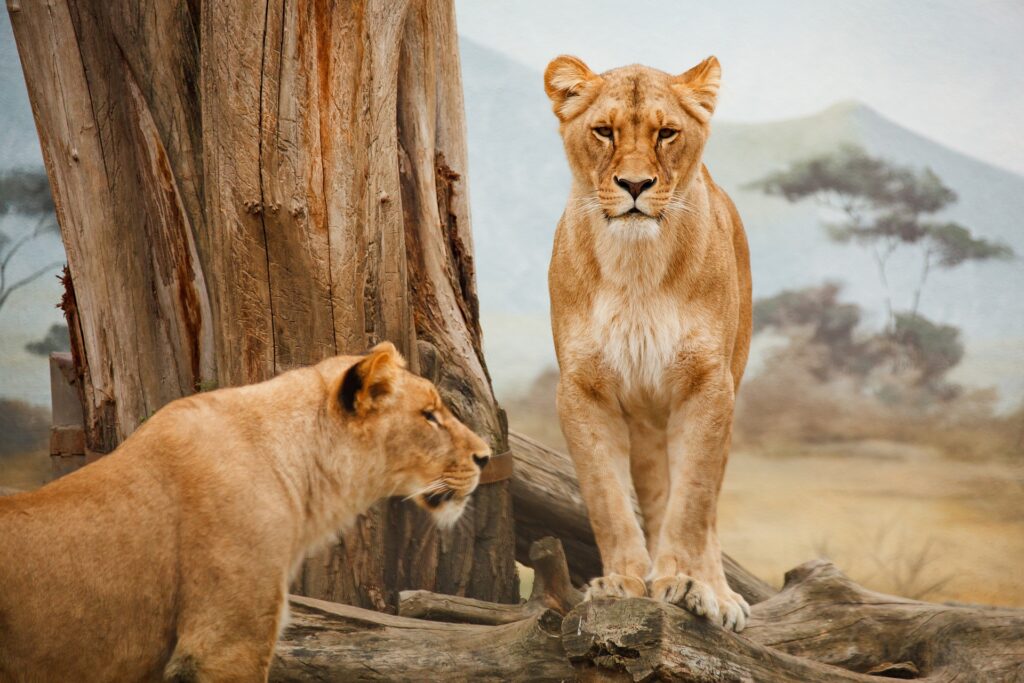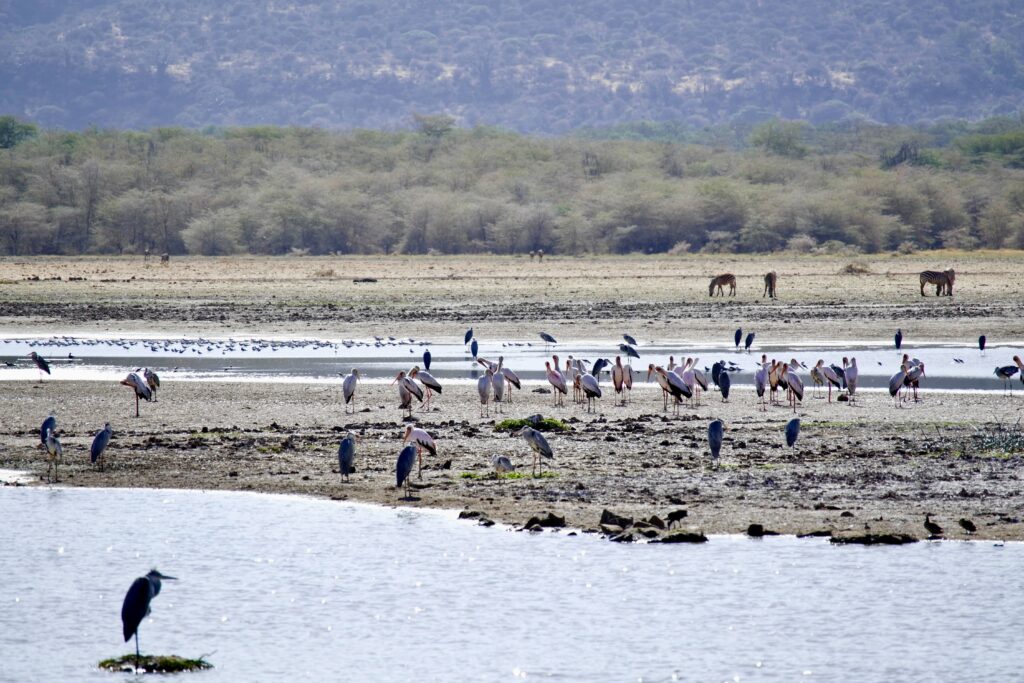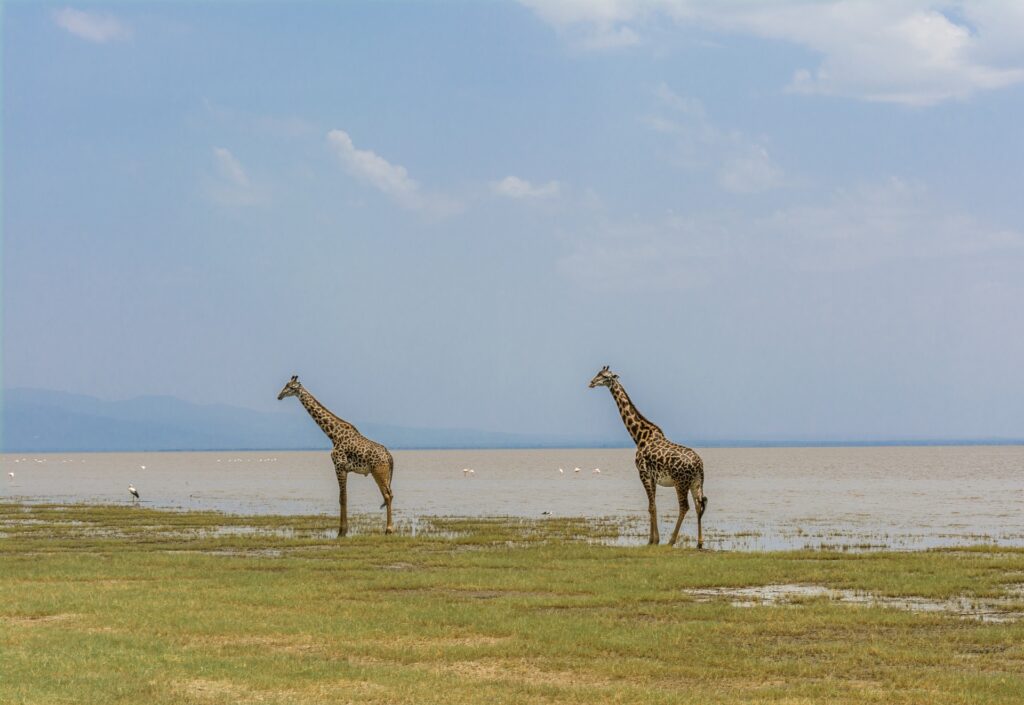Visit Lake Manyara—We at Steven&Friends will support you all the way from the planning to the conclusion of your trip. With us, you will always enjoy personal service and a tailor-made experience in Lake Manyara National Park.
Lake Manyara National Park takes its name from a cactus-like plant that the Maasai call emanyara (Eurphorbia tirucalli in Latin).
With its dense vegetation, the park differs from many of northern Tanzania’s other parks.
Here, the visitor gets more of a feeling of jungle than of savannah.
Read more about Lake Manyara National Park.


Lake Manyara National Park is a paradise for the bird lover. More than 390 bird species have been identified here, including birds of prey. Among others, you can spot different species of hornbill, grey crowned crane and hadada ibis. The Lake Manyara, which stretches along almost the entire eastern border of the park, attracts flamingos, storks and sometimes large flocks of pelicans.
The park is not solely a place for bird watching. It also hosts a variety of mammals: hippo, buffalo, wildebeest, zebra, elephant and baboon, among others. It is also well-known for its tree climbing lions. It is actually very unusual for lions to climb trees, but the lions at Lake Manyara have acquired the habit of resting on a tree branch during the days, just like leopards. If you’re lucky, you’ll spot one of them.
The park is located on the edge of the Rift Valley, and from the lake with its surrounding grasslands to the east, the landscape rises in steep slopes upwards to the west. From the top of hills, you will get a nice view of both the park and the lake.
The lush, hilly landscape with its varied nature is well suited both for a safari on foot and for watching animals from the safari Jeep. There is also an opportunity for canoeing, or you might want to go for a walk among the treetops on special footbridges that take you up to a staggering 18 metres above the ground.
Another exciting adventure not to miss is heading out with the safari Jeep after dark to experience the wildlife at night.
Read more about the park at Tanzania National Parks
